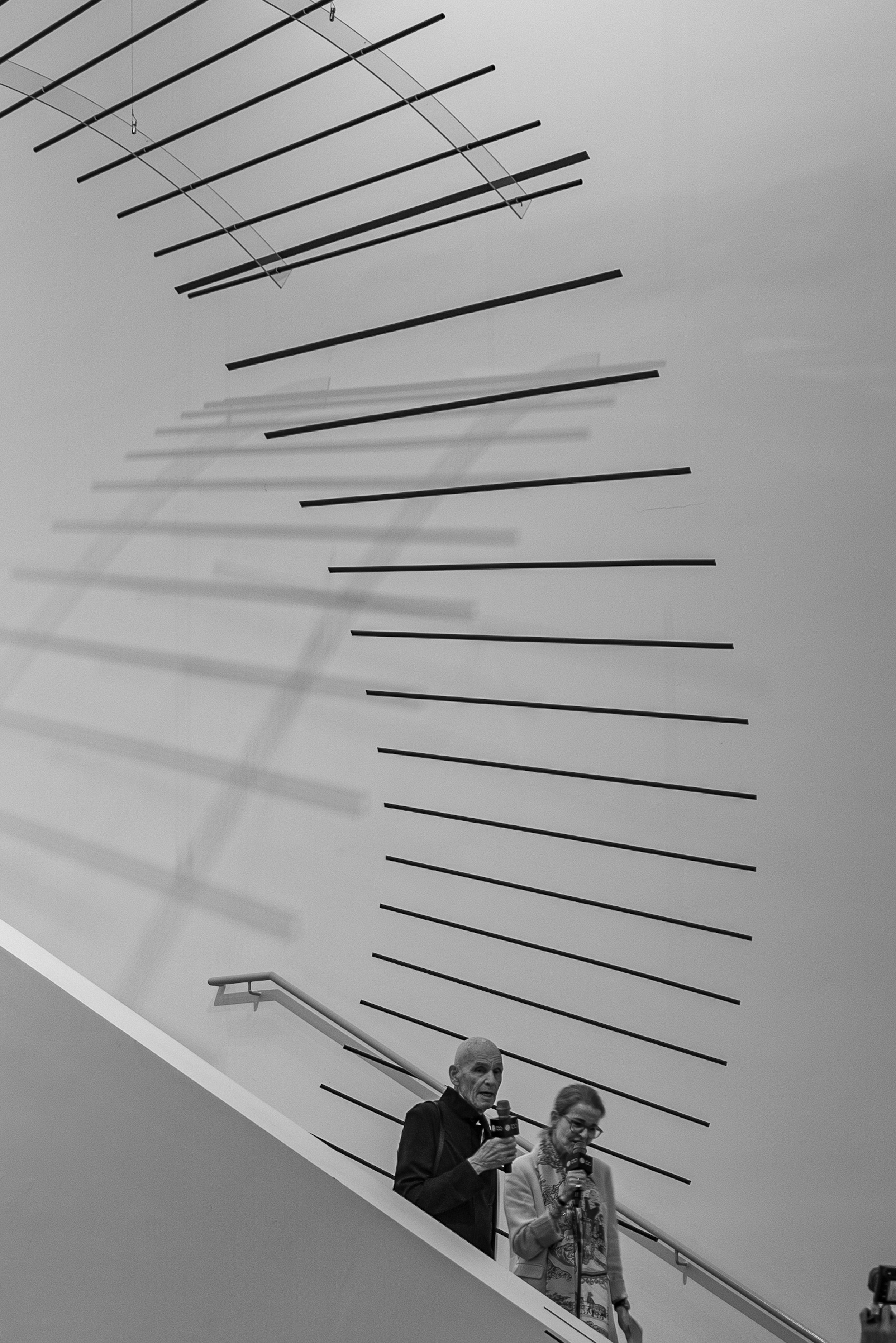As the day wore on, and the afternoon light dipped toward something vaguely cinematic, I found a quiet place by the glass exterior of the building. I sat, reviewing some of my shots. They weren’t masterpieces. They never are. But they were mine—honest, spontaneous, and joyful. And that, I realized, was more than enough. Eventually, it was time to leave. I packed my cameras back into their surplus-to-requirement bag, now heavier with memory and meaning. I took one last walk past the museum, the galleries, the outdoor courtyard still alive with conversations. I smiled at the same security guard who’d greeted me earlier. He smiled back. And then I stepped out into the warm evening air of Wetzlar, head spinning slightly, heart full.
As I reached my car, still shaded (bless that tree), I paused. What had I come here for? Was it the history? The architecture? The chance to shake hands with giants? Yes. All of that. But more than anything, it was to remember why I picked up a camera in the first place. Not for followers or likes (I don’t have an Instagram or Pinterest account) or the quiet panic of the “what lens did you use” question. But for the simple, human act of freezing a moment before it slips away.
Leica, for all its legendary status and Teutonic precision, is really about that. About pausing. Noticing. Remembering. And as I drove away from Wetzlar, I knew one thing for certain.
I’ll be back.
All of the images posted below (both colour and black & white) were taken with the Leica Q3 and Q2 Monochrom.
Live well!
M.






















